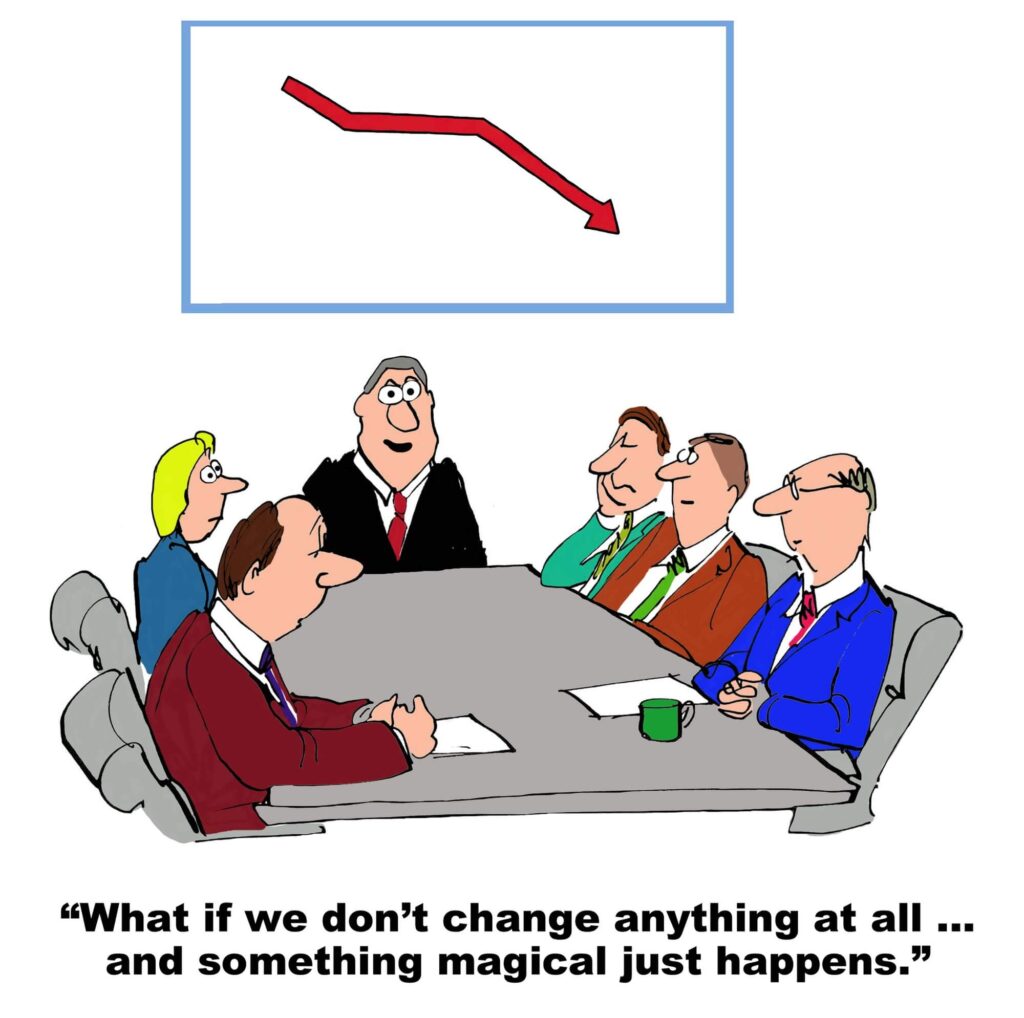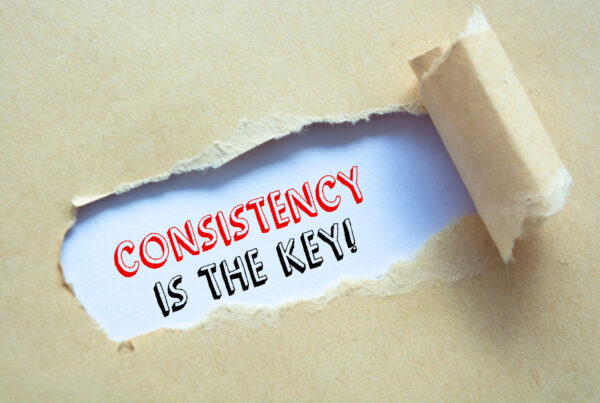Last Updated on October 18, 2023 by Dave Schoenbeck
Resistance to change is not something new. Consider personal behaviors around diet and exercise, and you’ll realize it’s harder to change an organization than to change yourself. However, in either case, change begins with you. Organizational change in business is driven by the desire to achieve more. The move towards change is not unfocused and without purpose.
You can learn more about organizational change and how to deflect employee resistance.
What is Organizational Change?
Organizational change involves changing internal processes — including its culture, processes, technology, or infrastructure. The higher the transition starts, the more momentum the change will have. When CEOs and business leaders adopt and embody the changes the organization needs, the rest follow more meaningfully.
Resistance to change can start at the beginning of discussions, throughout, or after the fact. Consider Philip’s in the early 1980s when it was at its height of unparalleled excellence. It was at the forefront of the audio cassette, video recording, and CD. However, with Sony and Panasonic taking the lead in the market, they needed to adapt faster. Their highly matrixed structure needed to be more agile, and they needed to decentralize divisions. Yet, miraculously, the company was back in the lead by the decade’s end.
Acceptance versus Resistance to Change
Acceptance is the first step in making a meaningful change. But it’s often the hardest step. Companies might not want to acknowledge it’s come in its way of growth. They assume “what got me here will get me there,” but they’re often mistaken. With change comes new insight and data points. Also, change isn’t linear — sometimes, it’s a mix of trial and error or, in analytical terms — A/B testing.
Organizational change will be met with resistance to change at some point in the process, especially if it’s large or international. The key is to get ahead of it at every stage.
What is resistance in change management, and how can you succeed?
Overcoming Resistance to Change
Often, employees resist change for three reasons: they feel personal autonomy is threatened, need help understanding why the change is necessary, and fear they won’t thrive. In addition, when managers resist change, their subordinates may suffer.
To help minimize resistance, think over these options:
1 – Put yourself in their shoes and understand their expectations, experience, and potential points of confusion. Then, could you give this an honest look and remove the rose lenses?
2 – Address the compact employees make when they agree to work for the company against the changes in the organization. Is it still in alignment, or have the values changed?
3 – Create and participate in round-table forums or town hall forums. Leave the boilerplate responses to employee concerns behind and be authentic. If you don’t believe what you’re saying, they won’t.
When managers and employees are not enthusiastic about organizational change and implement it meaningfully, communication inevitably breaks down. As a result, the milestones are missed, and ultimately, the results fall below expectations.
Click here and schedule a complimentary video call with Coach Dave.
Coach Dave
- How to Turn Your Problems and Obstacles into Opportunities - September 25, 2025
- Irresistible Tips on How I Can Identify and Create My Unique Small Business Value Proposition - September 18, 2025
- How to Protect Intellectual Property as a Small Business Owner - September 11, 2025



